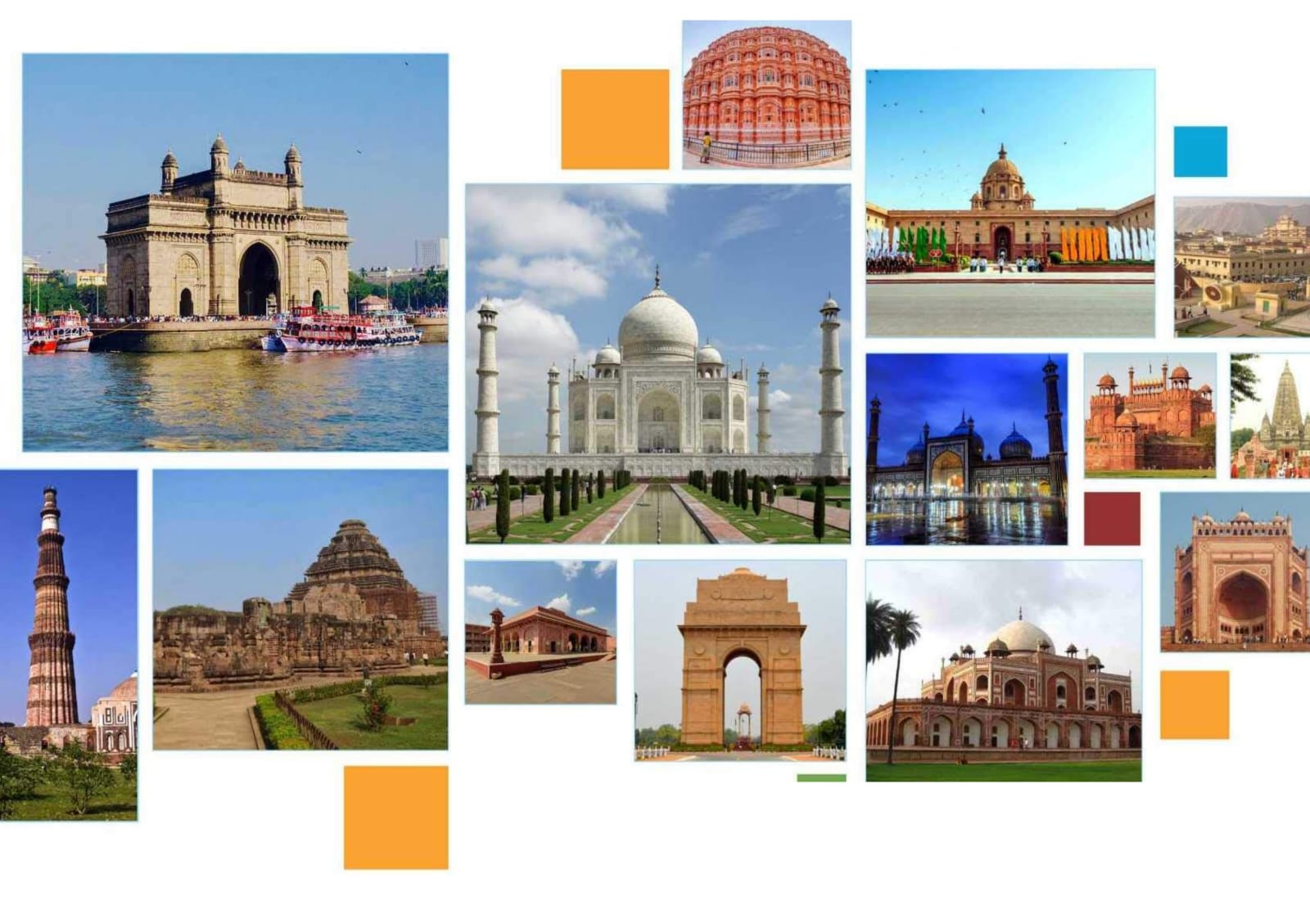
By Sulagna Halder
India’s rise to the eighth spot in the world’s tourism economy isn’t just a policy win or a number to throw around. It’s something deeper, a quiet shift that says something about who we are as a country right now. The $231.6 billion figure, as reported by the World Travel & Tourism Council (WTTC), isn’t just about economics. It’s a symbol of how far we’ve come, and where we could be heading.
Not too long ago, India ranked tenth in the global tourism economy, trailing countries like Spain and Italy, who’ve long been seen as the darlings of global travel. But this year, we jumped up two places. And interestingly, we didn’t get there by copying others. We got there by finally turning the spotlight on our own strengths, our diversity, our stories, and our deep sense of place.
One of the biggest reasons for this shift? Us. Indians. When international travel was still cautious post COVID, we started travelling within our own country, not just to tick off places from a list, but to really see them. From the calm mornings of Arunachal to the history filled streets of Hampi or the misty hills of Munnar, people have started discovering India with fresh eyes. In fact, domestic tourism spending in 2024 hit ₹15.5 trillion, that’s 22% more than it was even before the pandemic. That says a lot.
And travel today feels different. It’s not just about going on pilgrimage or saving up for one big family vacation anymore. For many, especially the growing middle class, it’s becoming a part of life. With apps to book hotels, maps to explore hidden cafes, and phones that double as cameras and wallets, travel is easier and more accessible than ever. A long weekend becomes a chance to drive into the hills. A school break becomes an excuse to explore a new state. The idea of “let’s know India first” has caught on.
Of course, this wouldn’t be possible without better infrastructure. Regional airports, better trains, highway networks, and even the UPI system, all of these are making travel smoother. Booking tickets, paying for a chai in a remote village, checking weather updates, it’s all at our fingertips. India’s not just catching up anymore. In many ways, it’s setting the pace, especially when it comes to digital ease.
But beyond roads and numbers, there’s a human side to this boom. Tourism now supports over 46 million jobs in India, from guides and drivers to weavers and local performers. By 2035, that number might hit 64 million. That’s massive. And it’s inclusive, offering livelihoods to people in small towns and rural areas, to women and craftspeople who aren’t part of the traditional job market. Tourism, in its best form, lifts up entire communities.
Just look at how we’re caring for our heritage now. The recent UNESCO recognition of the Maratha Military Forts, 12 of them across Maharashtra and Tamil Nadu, isn’t just about preserving stones. It’s about valuing our history and telling the world that these stories matter. It’s also about showing how conservation and tourism can go hand in hand.
That said, we can’t ignore the flip side. Growth brings pressure. The over crowding of hill stations, garbage at monuments, the damage to sensitive ecosystems, we’ve seen it. If we’re not careful, we’ll ruin the very places we’re trying to celebrate. Sustainability can’t just be a nice word in brochures. It has to be part of how we plan and travel, through limits on visitors, eco-certification for hotels, and awareness about responsible tourism.
And there’s one more thing: we still haven’t cracked the international image game. While we’ve made huge strides economically, many foreign tourists still see India through old, narrow lenses, spirituality, poverty, and maybe the Taj Mahal. There’s so much more. Wine trails in Nashik, diving in the Andamans, art in Bhubaneswar, salt flats in the Rann. We need to tell those stories better.
We also need to show that India is welcoming for all kinds of travellers, solo women, LGBTQ+ folks, wellness seekers, offbeat adventurers. The world is changing, and if we want to keep growing, we have to be part of that change.
By 2035, India could break into the top five global tourism economies, that’s what the WTTC projects. But for that, tourism can’t just be treated like another sector. It needs to be seen as a serious part of our future, tied to education, climate action, urban design, and even diplomacy. Every tourist, Indian or foreigner is a carrier of our story. And how we shape that story will decide what kind of place we become.
Tourism isn’t just about GDP or glossy campaigns. It’s about people, places, and possibilities.
India’s moment is here. The world is watching. And if we do this right, thoughtfully, sustainably, and with heart they’ll keep coming back for more.